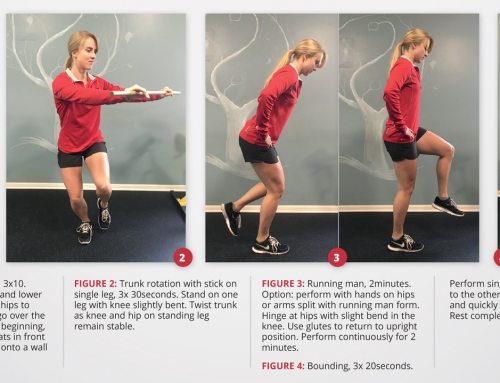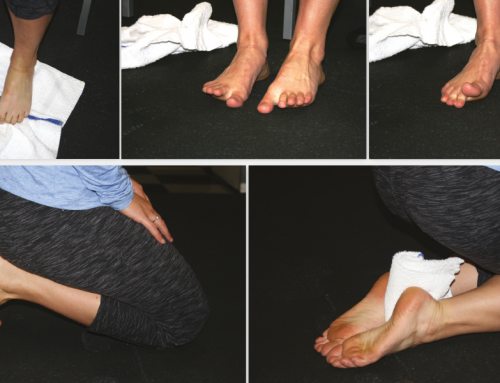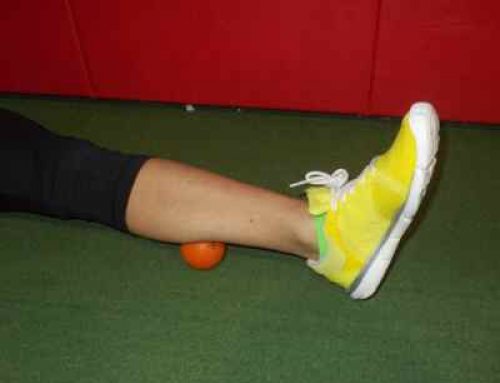Dear Physical Therapist,
I have been told by multiple health-care providers and fitness professionals that I am a “pronator.” Several of these individuals have recommended that I transition to a more stable shoe. I have been running in a neutral shoe for five years and occasionally run in a more minimalist shoe when doing speed work on the track. Luckily, I have not sustained any significant injuries aside from some occasional soreness in my quads and IT band that disappears with regular foam rolling and stretching. Should I make the transition to a more stable shoe based on the advice I’ve been given about my foot structure, or stick with my current shoe? Will I end up hurting myself if I don’t make the transition to a more stable shoe?
Overpronating Paul
Dear Paul,
It sounds like the only thing you have to fear is the anxiety and lack of self-confidence associated with being labeled a pronator. You are not alone. Many runners have been told that they are a supinator or pronator and fear that this will lead to injury. Let’s shed some light on this, my flat-footed friend, and dispel some of these myths and rumors so you can continue to enjoy injury-free running.
The first thing you should know is pronation is normal. Your foot has four different arches that suspend some of the 28 bones that make up your foot. Your medial longitudinal arch is the most obvious one. It goes along the inside of your foot and is commonly used to gauge the degree of supination or pronation. There are numerous tests to determine your foot structure with little agreement among clinicians on the best method. It sounds like several people have observed the position of your foot and determined that this area sits lower than what they consider normal.
But what is normal? Your guess is as good as theirs. There is little agreement on what is considered normal and what is predictive of injuries during running. Research has recently shown that there is little value in trying to classify a runner’s arch height. Looking at a runner’s foot structure in static standing tells little about what happens to the structure of the foot in running.
During running, the foot strikes the ground in a relatively supinated position and then quickly twists or pronates, accepting the weight of your body. The action of pronating allows us to naturally absorb shock and get our big toe in a position to support our weight as we transition to the front of the foot. Pronation is an essential component of running. The difference in how much pronation a person has during his or her running gait cycle based on foot structure is negligible and probably between 1-2 millimeters. In other words, there doesn’t seem to be a whole lot of difference in a pronator and supinator when it comes to the mechanics of running.
Now on to your shoe question. Numerous studies have shown that assigning shoes based on arch type does not decrease injury or improve performance. Your foot still has to attenuate shock and stabilize regardless of the shoe you choose to wear.
Considering you have been running nearly injury-free for many years, I would not move into a more stable shoe. Your body, including your relatively pronated foot, is currently meeting the demands of running. If you choose to increase the frequency, duration or intensity of your running, the demands will increase and you will likely adjust. If not, there are numerous things that you can do from a strength and stability perspective to continue running injury-free.
Your history of quad and IT band sensitivity indicates that you probably have room for improvement. If you are like most recreational runners, there are likely strength and stability deficits up the kinetic chain that could be improved. Issues with neuromuscular control and strength at your knee, hip and trunk can greatly impact the entire leg, including your foot. A physical therapist can perform a thorough evaluation to determine what factors you should focus on improving to reduce your risk of injury and improve performance. In the meantime, continue to embrace your unique foot structure and enjoy running!
# # #
Kyle Cooper, PT, DPT is physical therapist at Proaxis Therapy in Carrboro. He has had the pleasure of treating many endurance athletes in the Carrboro and Chapel Hill community. He enjoys running, biking, kayaking, weightlifting and pretty much anything outside with family and friends. To learn more about Kyle or Proaxis Therapy, visit www.proaxistherapync.com.






